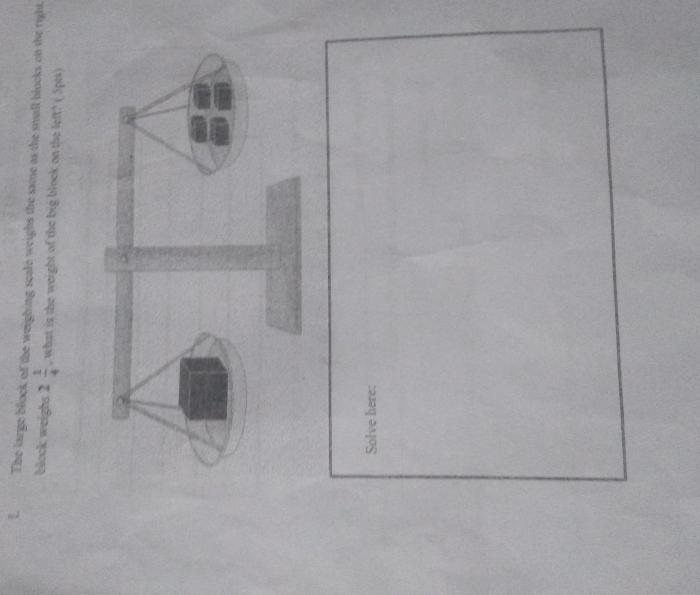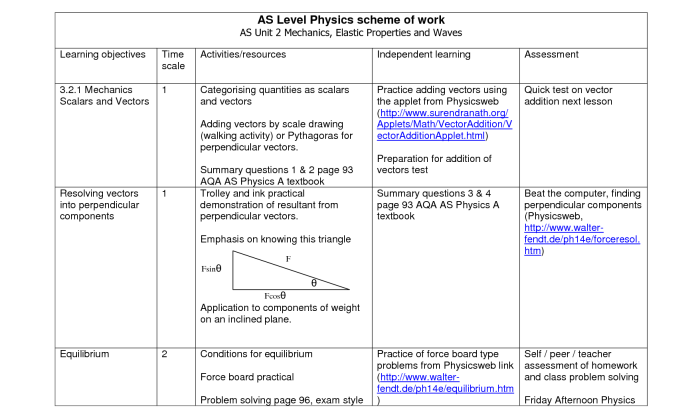In a lab a block weighing 80 n – In a lab, a block weighing 80 N takes center stage, inviting us to delve into the fascinating world of force, weight, gravity, and mass. As we explore the intricate relationship between these concepts, we’ll uncover the secrets behind how objects interact with their surroundings.
Gravity, the invisible force that binds us to Earth, plays a crucial role in determining an object’s weight. The greater the mass of an object, the stronger the gravitational pull acting upon it, resulting in a higher weight. This fundamental principle governs the behavior of objects in our everyday lives, from the falling of an apple to the soaring of a rocket.
Force and Weight

Force and weight are two fundamental concepts in physics. Force is a push or pull that acts on an object, while weight is the force of gravity acting on an object.
Force is measured in newtons (N), while weight is measured in newtons (N) or pounds (lb). The relationship between force and weight is given by the equation:
Weight = mass
gravity
Where:
- Weight is measured in newtons (N) or pounds (lb)
- Mass is measured in kilograms (kg)
- Gravity is measured in meters per second squared (m/s^2)
On Earth, the acceleration due to gravity is approximately 9.8 m/s^2. This means that an object with a mass of 1 kg weighs approximately 9.8 N.
Difference between Mass and Weight
Mass and weight are often confused, but they are actually two different things. Mass is a measure of the amount of matter in an object, while weight is a measure of the force of gravity acting on an object.
Mass is measured in kilograms (kg), while weight is measured in newtons (N) or pounds (lb). An object’s mass is the same everywhere in the universe, but its weight can change depending on the strength of the gravitational field it is in.
Gravity and Mass: In A Lab A Block Weighing 80 N

Gravity plays a crucial role in determining the weight of an object. It is the force of attraction between any two objects with mass. The greater the mass of an object, the greater its gravitational pull. On Earth, gravity pulls objects towards the center of the planet, causing them to experience weight.
Relationship between Mass and Gravity
Mass is a measure of the amount of matter in an object. It is an intrinsic property that remains constant regardless of the object’s location or gravitational environment. Gravity, on the other hand, is a force that depends on both the mass of the object and the mass of the gravitational source.
The more massive an object, the stronger its gravitational pull and the greater its weight.
Effects of Gravity on Objects
- Falling Objects:Gravity causes objects to fall towards the ground. The acceleration due to gravity is approximately 9.8 m/s 2on Earth.
- Weight:The weight of an object is the force exerted on it by gravity. It is directly proportional to the object’s mass and the strength of the gravitational field.
- Tides:Gravity from the Moon and the Sun causes the Earth’s oceans to rise and fall, resulting in tides.
- Orbital Motion:Gravity keeps planets and moons in orbit around stars and planets.
Measuring Weight
Weight, a measure of the force exerted on an object due to gravity, can be determined using various methods. These techniques differ in their accuracy and precision, making them suitable for different applications.
Mechanical Scales
Mechanical scales, such as balance beams and spring scales, directly compare the weight of an object to a known standard. Balance beams balance the weight of the object on one side with a known mass on the other. Spring scales use a calibrated spring to measure the force exerted by the object’s weight.
Electronic Scales
Electronic scales use sensors to measure the force exerted by the object’s weight and convert it into a digital reading. These scales are highly accurate and precise, making them ideal for precise weight measurements in scientific and industrial settings.
Gravimetric Methods
Gravimetric methods measure weight by determining the gravitational force acting on an object. One method involves measuring the period of oscillation of a pendulum. The period is inversely proportional to the square root of the gravitational force, allowing for the calculation of weight.
Applications of Weight Measurements
Weight measurements play a crucial role in various everyday applications, including:
- Weighing ingredients for cooking and baking
- Measuring the weight of luggage for transportation
- Determining the mass of objects for scientific experiments
- Calibrating equipment and machinery
- Monitoring weight changes for health and fitness purposes
Weight and Density

Weight and density are two closely related concepts that play an important role in many aspects of engineering and construction. Weight is a measure of the gravitational force acting on an object, while density is a measure of the mass of an object per unit volume.
The relationship between weight and density can be expressed by the following equation:
Weight = Density × Volume
This equation shows that the weight of an object is directly proportional to its density and volume. In other words, the denser an object is, the heavier it will be for a given volume.
Using Density to Identify Different Materials
The density of a material is a characteristic property that can be used to identify different materials. For example, the density of gold is 19.3 g/cm 3, while the density of aluminum is 2.7 g/cm 3. This means that a block of gold with the same volume as a block of aluminum will be much heavier.
In a lab, a block weighing 80 N is suspended by a string. This experiment is reminiscent of the classic tale of dirty Duncan and shiny Schultz , where the contrast between the two characters highlights the importance of cleanliness.
Just as Duncan’s dirty habits led to trouble, neglecting proper experimental procedures can compromise results. The 80 N block serves as a reminder to maintain precision and accuracy in the lab, ensuring reliable data and preventing any “dirty” surprises.
The density of a material can be measured using a variety of techniques, including the water displacement method and the pycnometer method.
Applications of Weight and Density in Engineering and Construction
Weight and density are important considerations in many engineering and construction applications. For example, the weight of a structure must be taken into account when designing its foundation. The density of a material must also be considered when selecting materials for use in construction.
For example, concrete is a dense material that is often used in construction because it is strong and durable. However, concrete is also heavy, so it is important to consider the weight of the concrete when designing a structure.
Applications of Weight Measurement

Weight measurement plays a crucial role in various fields, including science, engineering, and everyday life. It enables us to quantify the force exerted on an object due to gravity and is essential for ensuring accuracy, safety, and quality control.
In scientific research, weight measurement is used to determine the mass of objects, calculate densities, and study gravitational forces. In engineering, it is employed in designing structures, vehicles, and machinery to ensure they can withstand the forces acting upon them.
In everyday life, weight measurement is used in cooking, weighing luggage, and monitoring health.
Importance of Accurate Weight Measurement
Accurate weight measurement is paramount in numerous applications. In science, precise mass determination is crucial for experiments and calculations. In engineering, incorrect weight measurements can lead to structural failures and safety hazards. In everyday life, inaccurate weight measurements can result in incorrect dosages of medication, spoiled food, or excess baggage fees.
Applications in Safety and Quality Control, In a lab a block weighing 80 n
Weight measurement is vital for ensuring safety and quality control in various industries. In the pharmaceutical industry, accurate weight measurement is crucial for dispensing the correct dosage of medication. In the food industry, weight measurement helps maintain product consistency and prevents spoilage.
In the manufacturing industry, weight measurement is used to ensure that products meet specifications and are safe for use.
Popular Questions
What is the difference between force and weight?
Force is a push or pull that can cause an object to accelerate, while weight is the downward force exerted on an object due to gravity.
How is weight measured?
Weight is typically measured using a scale or balance, which compares the force of gravity acting on the object to a known force.
What is the relationship between weight and density?
Weight is directly proportional to density, meaning that denser objects weigh more than less dense objects of the same size.
